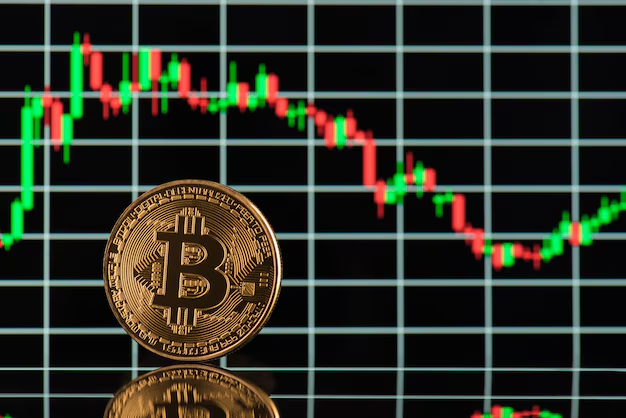The Impact of Bitcoin Halving on Price: What You Need to Know
Ever since Bitcoin's inception, enthusiasts and investors alike have been fixated on one major element: the Bitcoin Halving. This mysterious event occurs approximately every four years, and its implications on Bitcoin's price have sparked countless debates. But, does Bitcoin halving really increase the price?
Understanding Bitcoin Halving
Bitcoin operates on a decentralized network, which rewards miners with a specified amount of Bitcoin for verifying transactions. In a Bitcoin halving event, the reward that miners receive for validating transactions is halved. This reduces the rate at which new coins are produced, ultimately limiting Bitcoin's supply. Historically, Bitcoin's previous halvings in 2012, 2016, and 2020 have led to significant price surges—a phenomenon often attributed to increased scarcity and heightened investor interest.
Historical Price Movements
After Bitcoin’s first halving in 2012, the price of Bitcoin jumped from roughly $12 to over $1,000 by 2013. The second halving in 2016 saw a much more media-frenzied climb, reaching close to $20,000 by the end of 2017. Most recently, the 2020 halving was preceded by a speculative build-up, culminating in Bitcoin reaching an all-time high of over $63,000 in April 2021. While these significant price increases post-halving cannot solely be attributed to the events themselves, halving has always been closely followed by substantial appreciation of the digital currency.
Supply and Demand Dynamics
Theoretically, when supply drops and demand either remains constant or increases, price appreciation follows. Bitcoin halving impacts the supply side by reducing the rate at which new Bitcoins enter circulation. This scarcity can drive prices upward, especially when paired with speculative and institutional demand. Yet, it's essential to consider that market sentiment, regulatory developments, and macroeconomic trends also play significant roles.
Caveats and Considerations
While it might be enticing to anticipate a price surge post-halving, investing purely based on historical trends can be risky. Bitcoin's price is also susceptible to broader market volatility, technological changes, and government regulations. Potential investors should consider these elements when predicting future price patterns or when contemplating entering the Bitcoin market.
For those seeking more secure financial navigations amid such unpredictable markets, exploring financial assistance programs and debt management solutions can offer a safety net in the face of market uncertainties.
Expanding Financial Horizons
Staying abreast of Bitcoin trends is just one component of managing financial well-being effectively. For broader financial stability and growth, individuals can tap into various support systems designed to enhance financial health and access to education.
🤝 Financial Assistance and Growth Programs
- Government Aid Programs: Explore programs such as SNAP, unemployment benefits, or rental assistance.
- Debt Relief Options: Consider approaches like debt consolidation or settlement services to manage liabilities.
- Credit Card Solutions: Evaluate offers and rewards programs that align with spending habits and financial goals.
- Educational Grants and Scholarships: Seek opportunities for advancing skills through educational funding to improve market competitiveness.
- Budgeting and Financial Literacy Workshops: Participate in local or online workshops to bolster financial planning skills.
While Bitcoin's halving may intrigue many, diversifying financial knowledge and resources can ensure security in an ever-evolving economic landscape.
